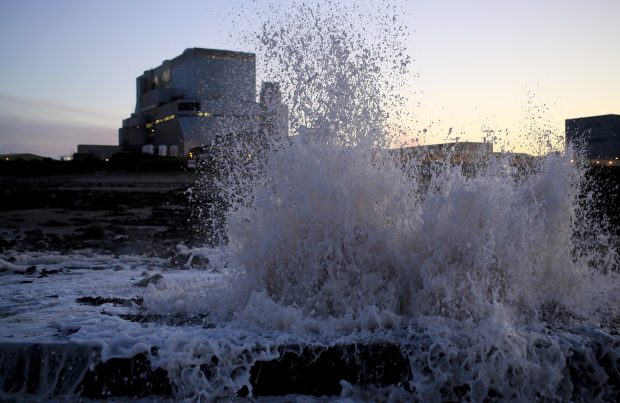Brits had been told that we’d be cooking our turkeys on power generated at Hinkley Point by next Christmas. It’s clear that for those still holding on to that promise, cold lunches will be on the menu. But nonetheless the drawn-out, long-running saga of Hinkley Point should at least reach some kind of conclusion today. Or, at the very least, the end of the beginning. It seems all but certain that EDF – who hold the final piece in the puzzle for funding the project – will agree to give the go-ahead to Britain’s first new nuclear power plant in two decades at a board meeting later. The resignation of an EDF director who opposed building the Somerset power plant has removed one of the final hurdles in the way of the mammoth construction project. In his resignation letter, Gerard Magnin – who joins EDF’s chief financial officer Thomas Thornton in stepping down – described Hinkley Point as ‘very risky’. But his concerns look set to fall on deaf ears amongst those left on the EDF board.
For a project which has yet to make it off the ground, it’s hard to think of a precedent which has been so controversial. Those who stepped down from EDF’s board think the project risks jeopardising the company’s financial stability, and there are others who agree: Moody’s, the credit rating, has threatened to downgrade the energy’s firm’s credit rating if Hinkley Point gets the go-ahead. Yet, it’s not only EDF investors who should be worried. The Government’s only hope of securing backers for the project was to dangle staggering sums of cash in the form of guaranteed energy price payments way above the odds. To give some idea of just how inflated these payments already are, EDF will get £92.50 per MWH for energy produced at the new plant – whereas the current wholesale price is only £38 per MWH. To pay for Hinkley Point, Brits will have a tenner slapped on top of their energy bills. So who is actually happy about Hinkley?
Whilst it’s been dogged by controversy, the new power plant will certainly answer a growing worry about keeping the lights on in Britain. The country’s other nuclear plants aren’t getting any younger: Heysham 1 and Hartlepool will close in 2024; whilst Heysham 2 and Torness will shut in 2030. And a new plant at Hinkley is set to produce seven per cent of the country’s energy needs when it does finally open its doors. As well as making sure Britain can meet its energy needs, George Osborne – who trumpeted the project whilst Chancellor – will also be pleased to see the project finally get off the ground. He was instrumental in throwing his weight behind Hinkley and its Osborne we have to thank for agreeing the inflated pricing structure we’ll be paying for for years to come. Back in March, the Guardian said Osborne’s political career could come unstuck if Hinkley Point did not get approval. Clearly, the referendum has already done that for the Chancellor. But whilst Osborne might be languishing on the backbenches, his legacy – like it or not – looks set to continue for years to come. And whilst we’ll all be paying a heavy price, at least it’ll help keep the lights on.







Comments